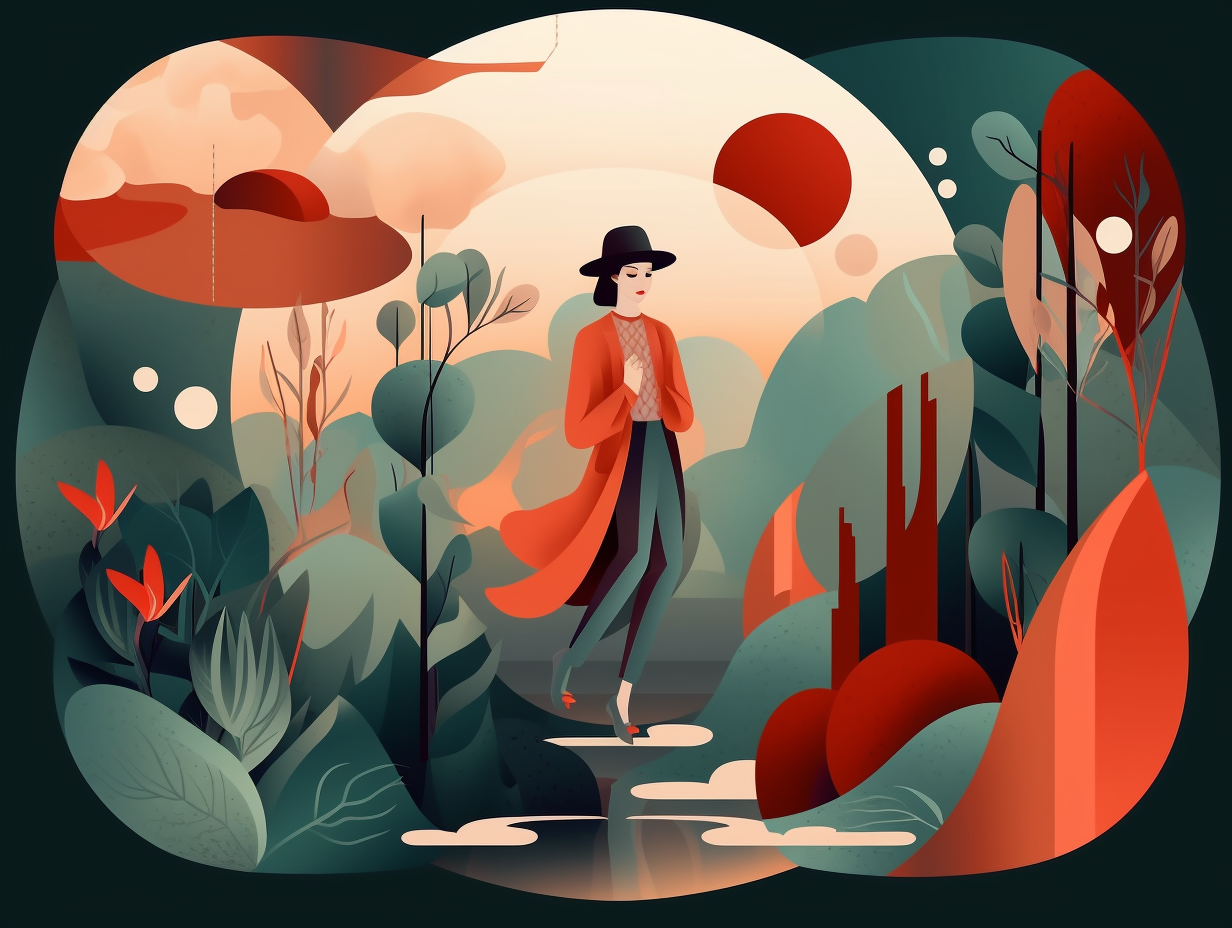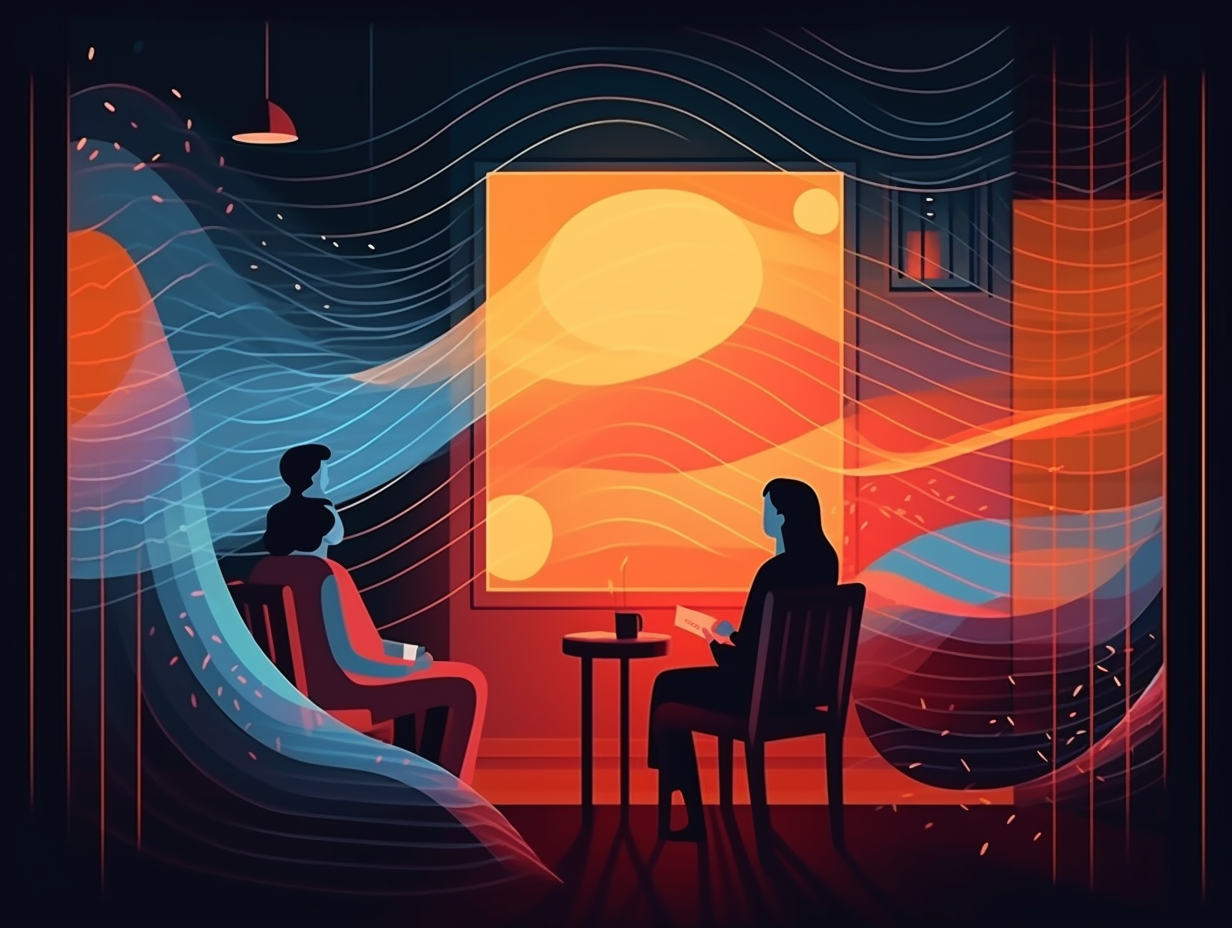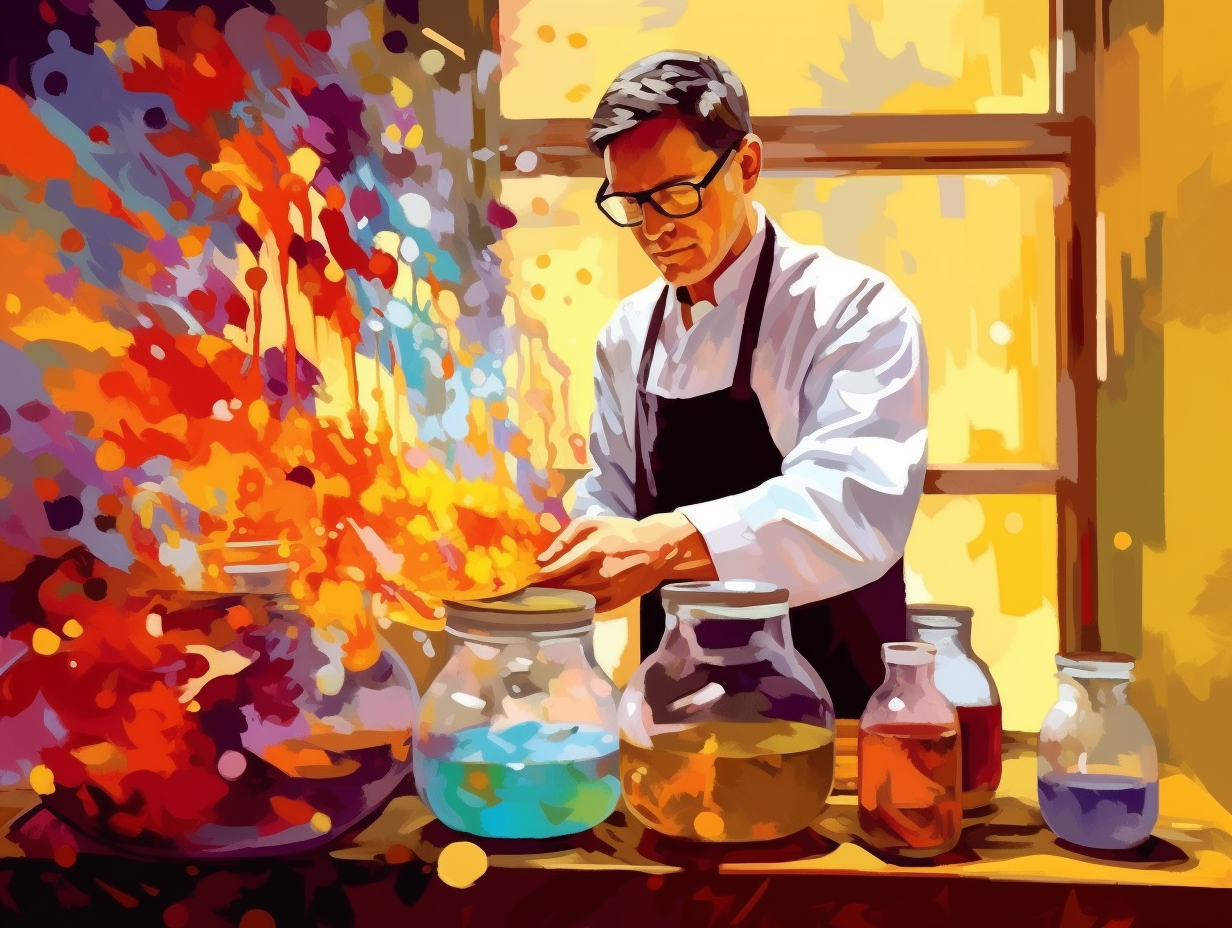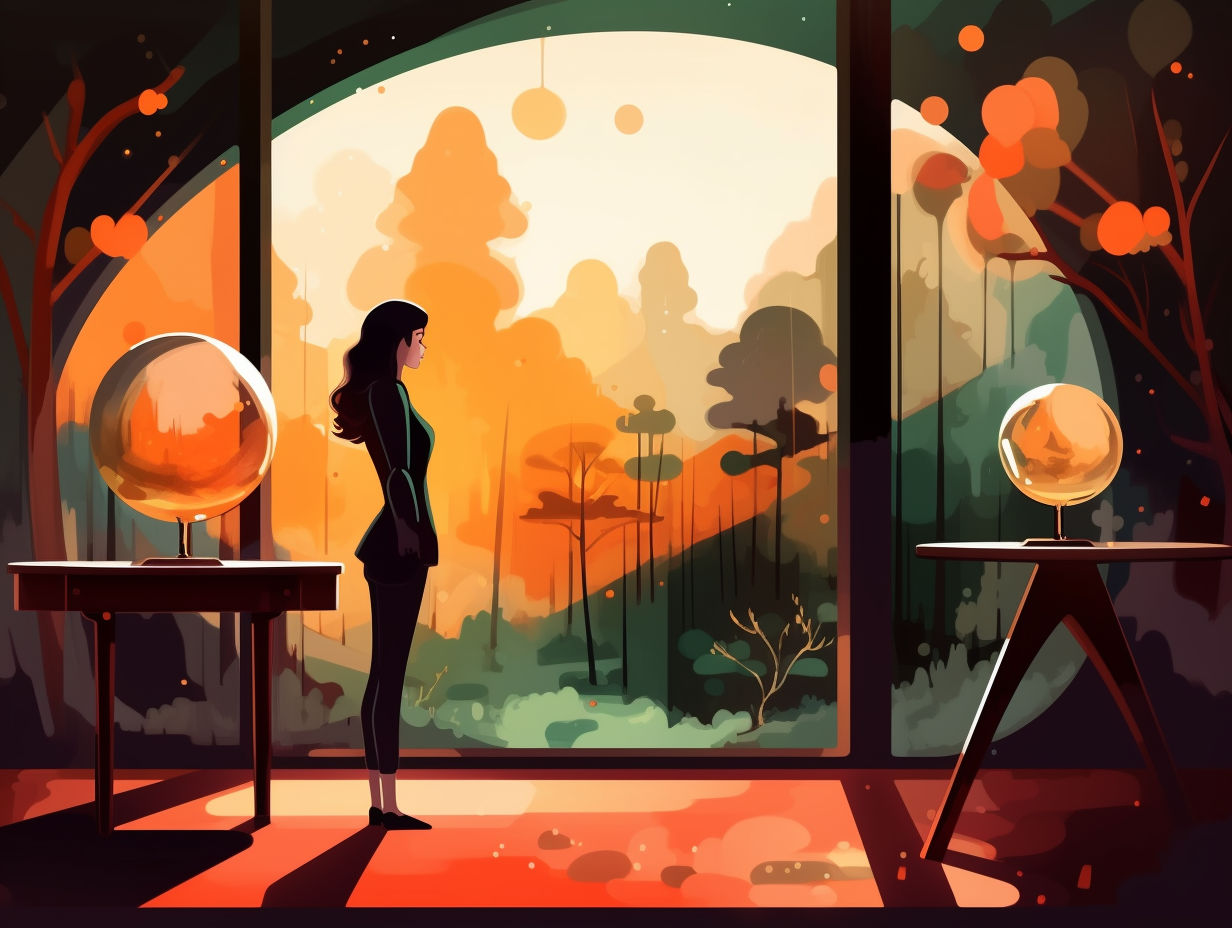10 Fascinating Fun Facts About Mirrors: Discover Their Secrets and Surprises!
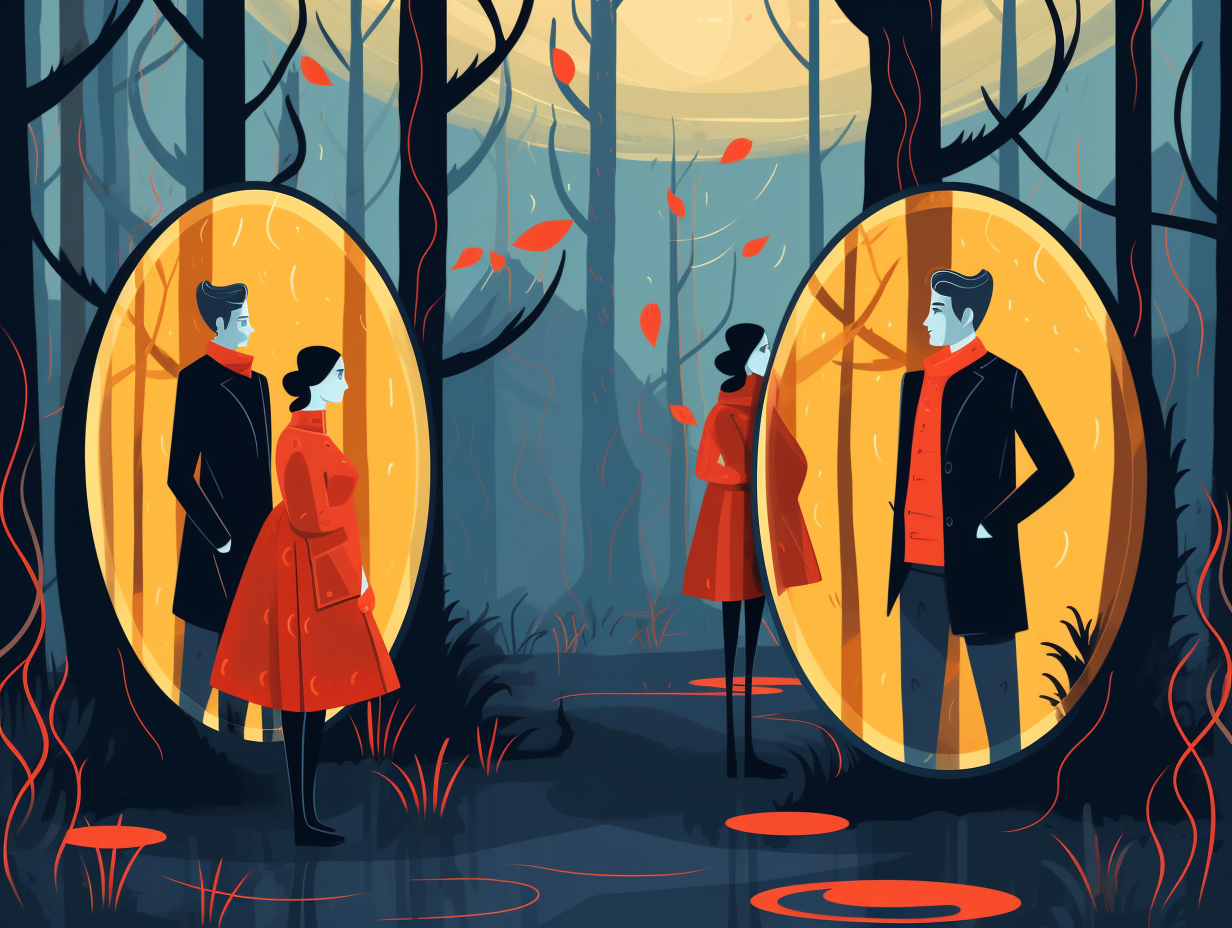
1. Silver and Aluminum: The Shiniest Metals
Mirror, mirror on the wall, who's got the shiniest metal of them all? Why, it's silver and aluminum, of course!: Silver takes the throne as the most reflective metal in the visible spectrum, bouncing back 95 percent of light, and aluminum trails closely behind at 90 percent. These loyal subjects serve distinct purposes: NASA summoned silver for the Hubble Space Telescope's optical mirrors, while aluminum and silver find their humble place on the back of household mirrors, destined for more routine vanity tasks.
Source => sharrettsplating.com
2. Mirrors: Masters of Optical Illusions
Mirror, mirror on the wall, who's the trickiest of them all: Mirrors create mind-boggling optical illusions, like the recent trend of objects hiding behind a sheet of paper but still being visible, because the reflected image appears to be behind the mirror, making objects seem visible even when they're obstructed.
Source => the-sun.com

Did you know that light travels at a mind-blowing speed of 300,000 kilometers per second, reaching Earth from the Sun in just 8 minutes and 20 seconds? Discover more incredible facts about this cosmic speed demon!
=> Fun Facts about Light
3. Funhouse Mirrors: The Ultimate Ego Tease
Mirror, mirror on the wall, who's the most distorted of them all? Funhouse mirrors have been tickling our funny bones – and our egos – at carnivals and fairs for ages, making us look stretched, squashed, and just downright ridiculous: These whimsical wonders, in fact, serve not only as comedic relief but also as a fascinating demonstration of optics and light reflection, toying with light's path across their sublime swirls of convex and concave curves.
Source => en.wikipedia.org
4. Broken Mirror: Ancient Origin of Bad Luck
Mirror, mirror on the wall, who's the unluckiest of them all?: Turns out, the ancient Greeks thought your reflection in water revealed your soul, and the Romans crafted mirrors from polished metal, believing their gods peered into souls through them, hence breaking one meant inviting bad luck and insulting the divine onlookers!
Source => sc.edu
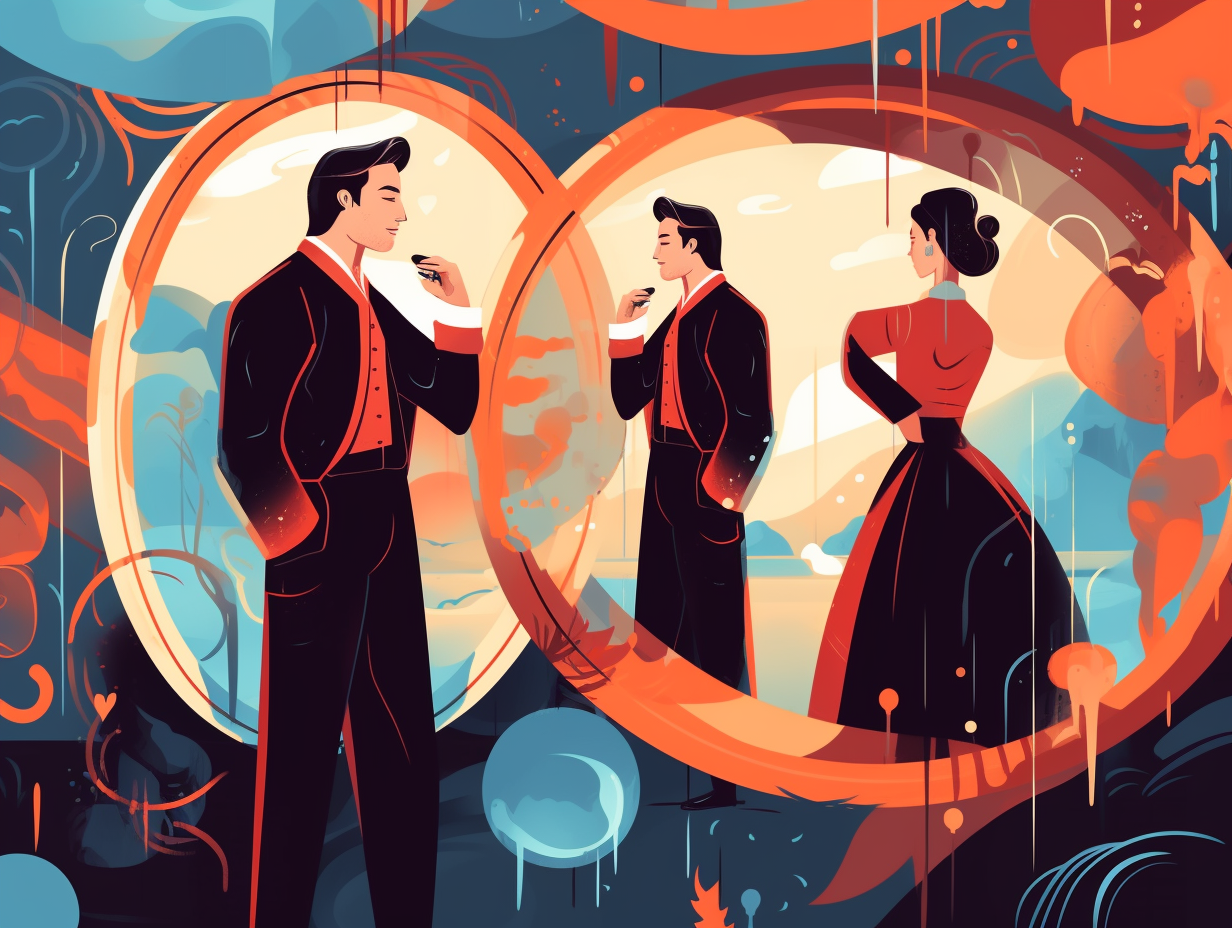
5. Warped Reflections: Mirror Imperfections
Mirror, mirror on the wall, who's the most warped of them all? Well, it's not you, my dear, but rather the humble mirror itself: Contrary to popular belief, mirrors aren't perfectly flat, but rather have slight convex or concave curves that can cause intriguing optical illusions and distortions. And here's a bonus reflection revelation: some mirrors boast special coatings made from metals or compounds, enhancing their reflective properties and resistance to damage or scratches.
Source => learnbps.bismarckschools.org
6. Mirror Art: Van Eyck's Sneaky Selfie
Mirror, mirror on the wall, who's the fairest painter of all? Back in the 1400s, Jan van Eyck was making a serious case for his reflection's fame: The Arnolfini Portrait features a cleverly placed mirror that not only reveals the room but also doubles as the artist's sneaky selfie. Pioneering this artsy trend, van Eyck's mirrored masterpiece inspired iconic artists like Johannes Gumpp, Diego Velazquez, Edouard Manet, Mark Gertler, and Salvador Dali to incorporate glassy reflections in their works for the next five centuries.
Source => covenantarthistory.blogspot.com
7. Curvy Mirrors: The Jekyll and Hyde of Reflections
Mirror, mirror on the wall, who's the cleverest of them all? The curvy ones, of course! But wait, these curvaceous reflective surfaces have a bit of a Jekyll and Hyde situation going on: Concave mirrors flip reality upside down if you stay outside their focal point but flip things right-side up when you get cozy and close, while their convex counterparts are consistently upright in all situations, making them the go-to choice for security mirrors and telescopes.
Source => texasgateway.org
8. Vampires: The Masters of Mirror Invisibility
Mirror, mirror, on the wall, who's the stealthiest creature of them all? Why, vampires, of course, with their pesky disappearing acts: These bloodsuckers are notoriously invisible in mirrors thanks to possible silver-associated soul purification properties or as a sneaky skill for hunting, as popularized by Bram Stoker's Dracula.
Source => scifi.stackexchange.com
9. "Pepper's Ghost" Illusion: Victorian Holography
Ghosts of the Thespian past: a Victorian seance, or your favorite rapper's encore? In truth, it's the "Pepper’s Ghost" illusion, a technique from the 1800s! Popularized by John Pepper, this good ol' 45-degree tilted plexiglass trickery is responsible for our phantom friends in both theaters and haunted houses alike, not to mention the holographic stage performances of musicians like Tupac.
Source => instructables.com

10. Sir Reflect-a-lot: The Lavish History of Mirrors
Did you hear about the royal mirror, Sir Reflect-a-lot, who could only be found in the wealthiest of households, shedding light on the countenance of kings and queens? Indeed, He held the monopoly on reflections: It wasn't until the 17th century that advances in glass manufacturing and reflective coating made mirrors accessible to everyone, finally ending the reign of the aristocracy's exclusive selfie tool.
Source => furniturelibrary.com
Related Fun Facts


